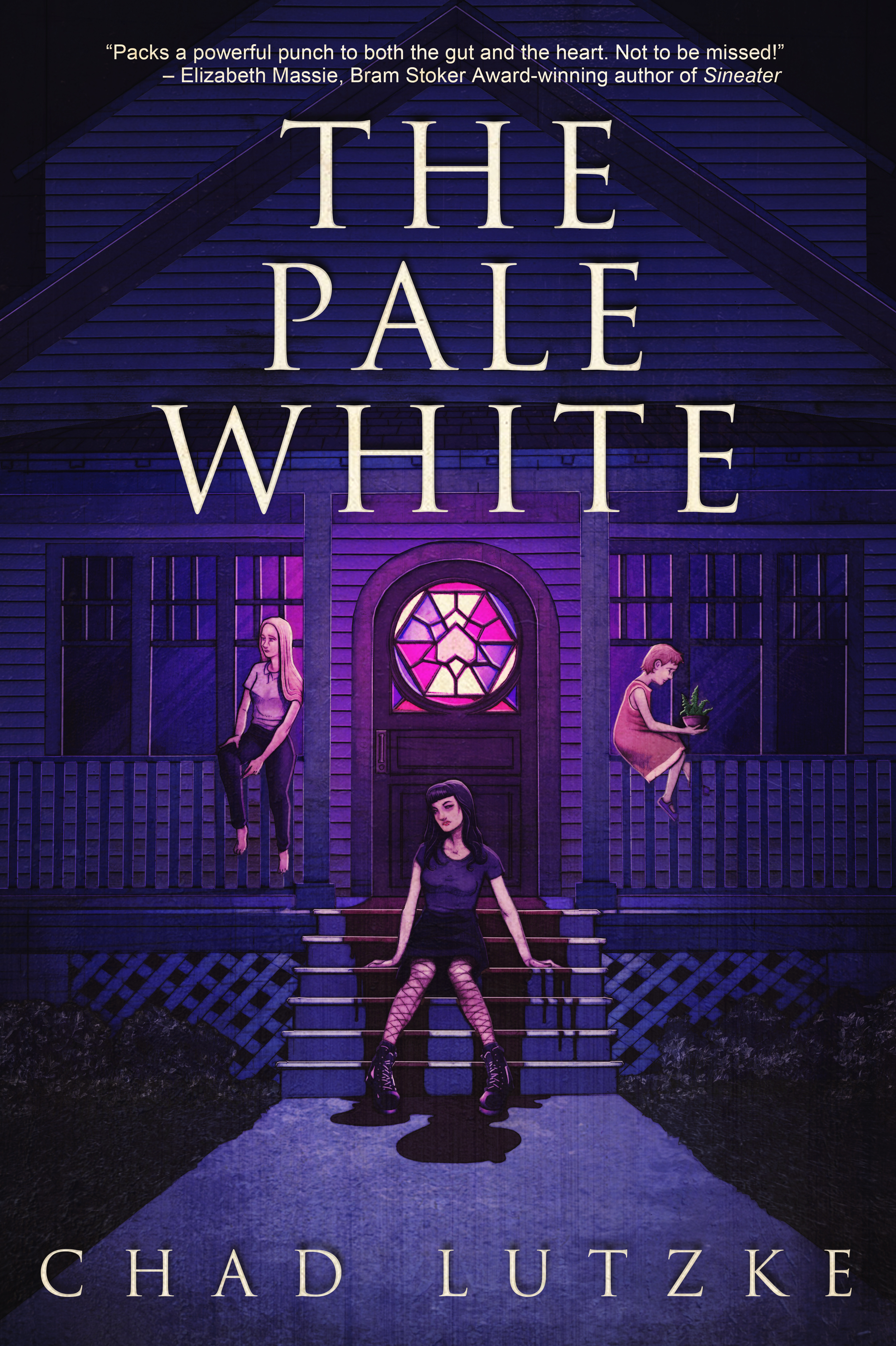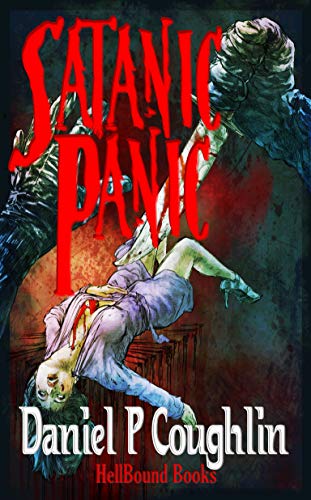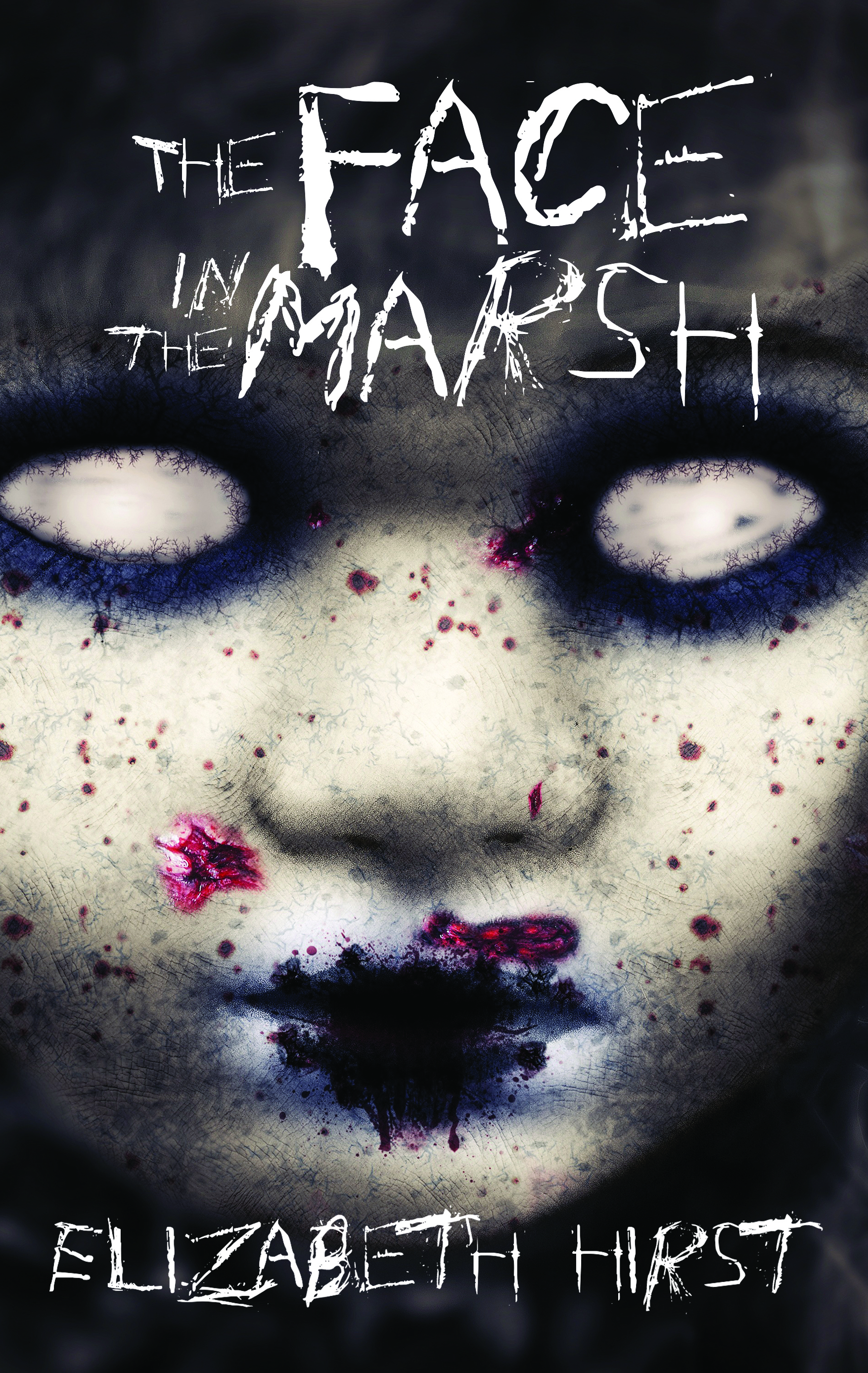This week on The Scariest Part, my guest is author Chad Lutzke, whose new novel is The Pale White. Here is the publisher’s description:
After being held against their will in a house used for sex trafficking, three girls plan their escape.
Alex: A hardened goth-punk who’s convinced she’s a vampire with a penchant for blood.
Stacia: A seventeen-year-old raised by an alcoholic mother, her fellow prisoners the only family she’s ever truly had.
Kammy: The youngest of the three — a mute who finds solace in a houseplant.
But does life outside the house offer the freedom they’d envisioned? Or is it too late, the scars too deep?
A coming-of-age tale of revenge that explores a friendship and the desperate lengths they will go through to ensure they stay united, held together by the scars that bind them.
And now, let’s hear what the scariest part was for Chad Lutzke:
Is the literary world deficient in female-centric coming-of-age horror? Indeed. They’re out there, but they’re sparse and certainly not on the tip of reader’s tongues when recommending a title in the COA subgenre. There is no sister book to accompany McCammon’s Boy’s Life, King’s The Body, or Simmons’ Summer of Night (though you could argue Grady Hendrix’s fantastic My Best Friend’s Exorcism adequately fills the void). So, who better to write one than a man, right?
That was the scariest part of The Pale White for yours truly.
I’m not so full of machismo that I can’t set aside my natural inclination to crack inappropriate jokes in front of my wife, holster a hand far beyond my waistband, and pretend that I don’t care if Ross and Rachel or Jim and Pam get together. As a matter of fact, I’m rather in tune with my feminine side. Just ask my wife, who recently laughed at me for tearing up during the last episode of Friends, and who teases me when I can’t even talk about the finale of Six Feet Under without my voice cracking.
I think I’m hyper-empathetic.
Consider the above my credentials for thinking I can pull off a first-person female POV set within a disturbing scenario. But not only was I writing in the voice of a young girl, this is a girl who had experienced extreme sexual trauma. Unfortunately, the aftermath of such a thing I have seen, so there was some ugly insight. The book needed to be hard-hitting but without being distasteful. It needed to be done with tact — much in the way I handled Stirring the Sheets (believe me, there were readers who wanted to stay clear of Sheets, thinking it is a necrophilia fest when in fact it is not). It needed to be something that frightens people almost too much to crack the spine but are glad they did.
When writing The Pale White, this wasn’t done with typical writer research, googling scientific theories, what guns hold which caliber bullets, how long it takes for a body to decompose, or what poison is untraceable. This was attempting to tap into something I didn’t have, at the risk of coming off as insensitive or apathetic. That was the scariest part.
It’s been said: “Write what you know.” If you take that literally, without diving into the deeper meaning, it’s nonsense. If authors actually took that to heart, there would be no Middle-Earth, no Frankenstein, no Hogwarts. Yet, when diving deeper, we actually do write what we know. I know sadness. I know trauma. I know loss. I know violence. And being an empath who has had some rather deeply profound relationships and experiences with women through my life, both platonically and romantically, I know enough to tell a story.
Maybe just being the witness, and then the messenger holding their flag, was the scariest part.
The Pale White: Amazon / Barnes & Noble / Powell’s / IndieBound
Chad Lutzke: Website
Chad has written for Famous Monsters of Filmland, Rue Morgue, Cemetery Dance, and Scream magazine. He’s had a few dozen short stories published, and some of his books include: Of Foster Homes & Flies, Wallflower, Stirring the Sheets, Skullface Boy, The Same Deep Water as You, and The Pale White. Lutzke’s work has been praised by authors Jack Ketchum, Stephen Graham Jones, James Newman, Elizabeth Massie, Cemetery Dance, and his own mother.





